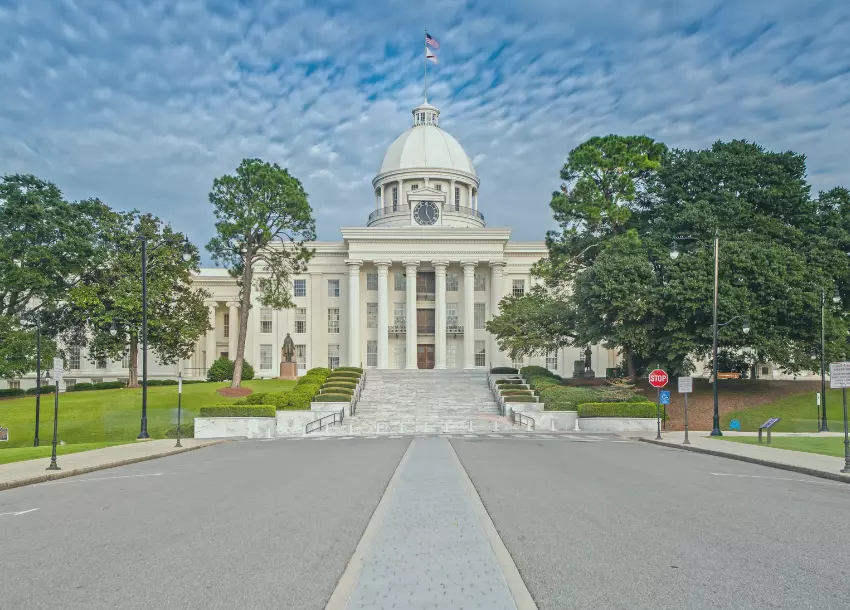Typed or Written; Ambiguity or Conflict - It's All About the Insurance Contract
There is no shortage of opinions offering guidance in the construction and analysis of insurance policies. For those of us who regularly read and interpret these policies the courts have provided myriad scenarios with various approaches to guide us. Throughout, however, one thing remains consistent; a policy of insurance is a contract and will be interpreted accordingly. The United States District Court for South Carolina recently provided another opportunity to address the basic principles of contract interpretation in Greenwood Communities and Resorts, Inc. v. Selective Insurance Company of America, 2018 WL 3744967 (August 7, 2018).
Greenwood owns and operates three golf courses damaged in 2016 when Hurricane Matthew hit Hilton Head Island, South Carolina. Prior to Matthew, Selective issued a commercial inland marine policy to Greenwood that was in effect at the time of the storm. The policy included additional coverage entitled “Tees, Greens, and Cut Fairways” that afforded coverage for losses to the golf courses. Following the storm, Greenwood submitted losses to Selective in response to which Selective denied to provide full coverage, asserting wind and flooding were not covered. Greenwood filed this declaratory judgment action in state court and Selective removed it to district court, based upon diversity jurisdiction. The matter came before the court on cross motions for summary judgment.
The Tees, Greens and Cut Fairways form provided specific coverage for damages to the golf courses, listing certain causes of loss covered, “…but not including rain, sleet or snow, whether driven by wind or not.” The policy also included a “Special Provisions” section on the declarations page that stated “wind, hail and flood are excluded from” the coverage for the golf courses. Greenwood argued its losses should be covered under the windstorm and hail language; Selective argued the Special Provisions supported its denial of coverage. The dispositive issue - did the typewritten Special Provisions section, excluding coverage for wind, hail and flood, prevail over the printed coverage form.
If part of a contract is typed or written and part is printed, and there are inconsistencies between those parts, the typed or written provisions control. The typed or written words represent the terms specifically selected by the parties while the printed form is designed for general use. Critical to the application of this basic principle, however, is whether the difference between the parts of the contract constitute an ambiguity or a conflict.
Pursuant to South Carolina law, contractual ambiguity exists when terms within a contract, viewed objectively, may be reasonably subject to more than one interpretation. Examination of an insurance policy requires even further analysis; specifically, whether the ambiguity is patent or latent. A patent ambiguity is one where the uncertainty as to meaning arises from the words themselves, prior to any effort to apply them. In that instance, the ambiguity will be construed in favor of the insured. If the ambiguity is latent, where the terms do not appear ambiguous on their face, but rather when examined in the context of additional facts, it must be resolved by the trier of fact.
In Greenwood, the court found no ambiguity. Rather, there were two separate provisions within a single policy that provided opposing positions relative to coverage for wind, hail and flood. The conflicting provisions were otherwise unambiguous. When the parts of the insurance policy are conflicting, the typed or written provisions control. Thus, because of the typewritten Special Provisions form, Selective owed no coverage for wind, hail or flood damage to the golf courses.[i]
While the court once again confirmed the application of rules of basic contract interpretation to an insurance policy, it also provided helpful analysis in its examination of the difference between an ambiguity and a conflict, and how each affects the construction of a policy.
[i] Greenwood also argued the policy was void for Selective’s failure to submit the Special Provisions to the Department of Insurance for approval. The court found the Special Provisions page exempt from required approval. Greenwood’s argument as to Selective’s failure to provide sinkhole coverage also failed – Greenwood failed to present a claim for that damage. Lastly, the court found no bad faith on behalf of Selective. The court found Selective’s failure to pay was based on its reasonable interpretation of the policy as excluding coverage for wind, hail and flood damage.
Click the above link to subscribe to
Nexsen Pruet's TIPS Alert.
Cheryl D. Shoun is a trial attorney and certified mediator whose experience includes construction law, insurance defense, personal injury defense, employment litigation and medical malpractice. As a frequent writer, she serves as editor for Nexsen Pruet's TIPS: Torts, Insurance and Products Blog.
About Maynard Nexsen
Maynard Nexsen is a full-service law firm of nearly 600 attorneys in 31 locations from coast to coast across the United States. Maynard Nexsen was formed in 2023 when two successful, client-centered firms combined to create a powerful national team. Maynard Nexsen’s list of clients spans a wide range of industry sectors and includes both public and private companies.
Related Capabilities








